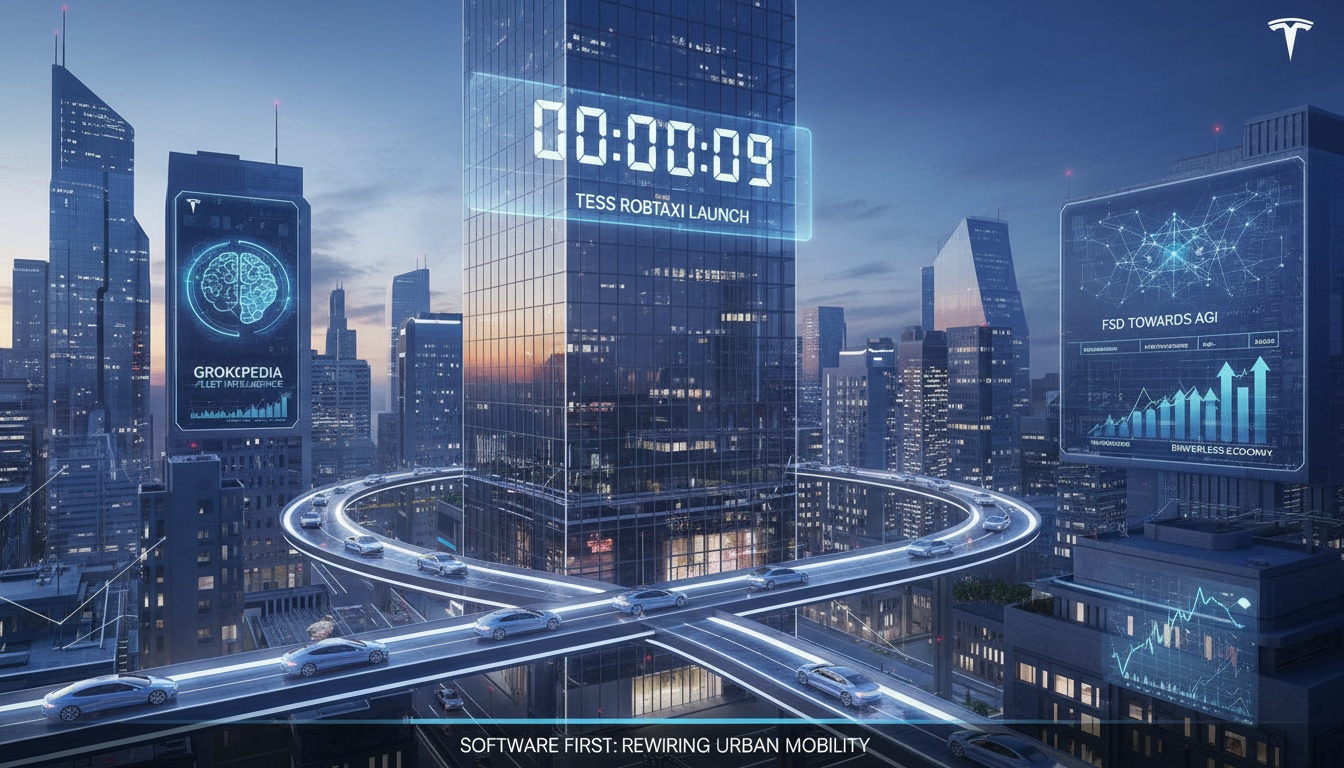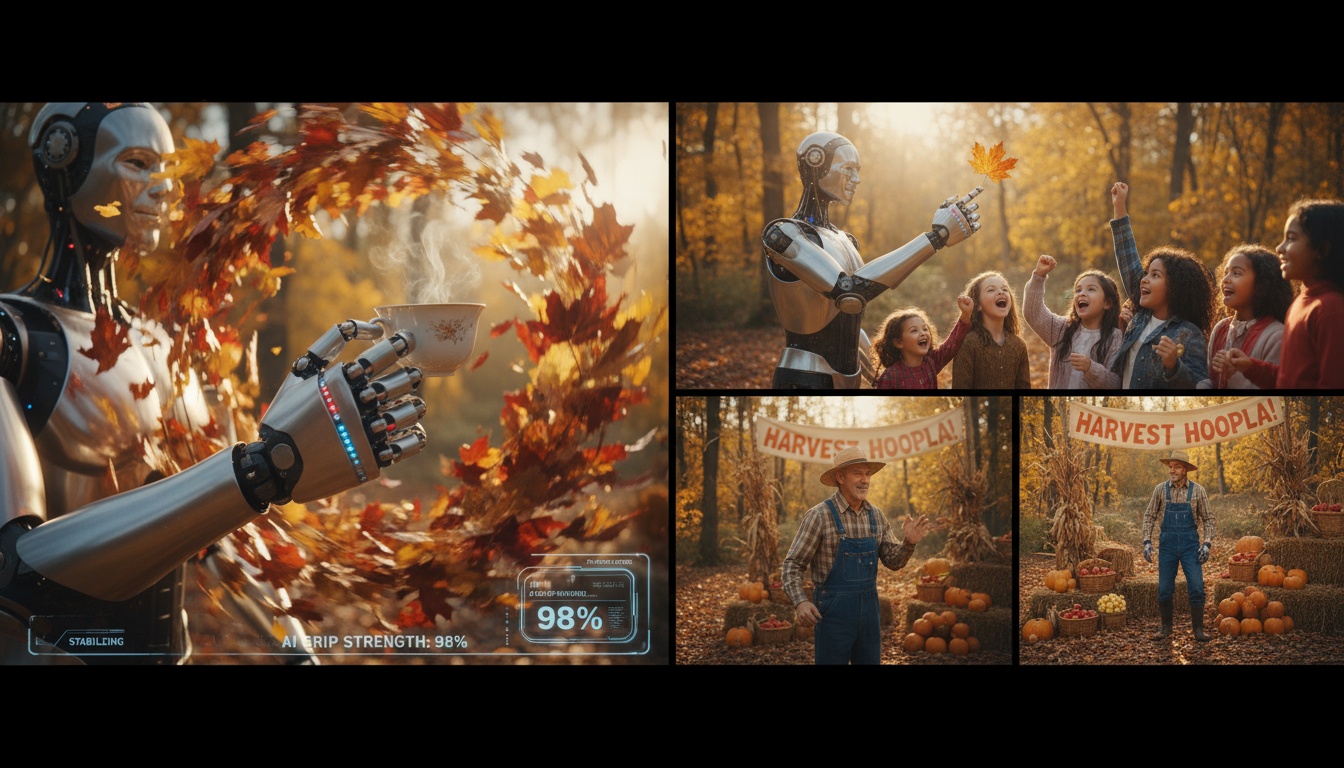● Cultural Shock, Economic Impact, AI Revolution
The Subtle Changes of Japanese Culture and the Hidden Connection to Economic and Digital Transformation
[00:00 ~ 05:23] The Impact of Japanese Society’s Kindness and Service Patterns on the Global Economy
The kind customer service experienced directly in Japan goes beyond a simple cultural phenomenon; it has a significant impact on the economy and digital transformation.
The delicate services shown in trains and convenience stores enhance consumer trust within Japan and demonstrate the competitiveness of traditional offline service industries.
This cultural background has become an important factor in the global economic outlook, establishing the innovation and customer satisfaction of Japanese companies.
In particular, traditional consumer habits such as cash usage are intertwining with the adoption of digital payments and AI-based financial services, foreshadowing economic trends in the era of the Fourth Industrial Revolution.
[05:23 ~ 12:12] The Correlation Between Cultural Differences Between Korea and Japan and Economic Service Innovation
Differences in attitudes evident in the dating culture and human relationships of the two countries also influence overall consumer tendencies and service innovation.
Korea maximizes consumer convenience with rapid delivery services and immediate digital payment systems, leading the global economy and AI trends.
On the other hand, Japan, despite its conservative culture, gradually incorporates digital technology while providing stable customer experiences.
These differences serve as a background for companies to develop customized services and AI solutions tailored to each country’s consumer characteristics, directly relating to digital transformation and the global economic outlook.
[12:12 ~ 19:33] The Intersection of Tradition and Modern Technology – The Role of Economic Development and AI
Traditional Japanese civil culture and the introduction of AI-based technology show a complementing yet conflicting relationship.
For example, Japan’s delivery system and financial payment services still adhere to receiving goods directly on-site, which is rooted in privacy protection and conservative consumption patterns.
In contrast, Korea innovates consumer experiences through ultra-fast delivery systems like Coupang and AI recommendation services, thereby strengthening the driving force of global economic growth.
These examples clearly illustrate the impact of AI trends and digital transformation on traditional markets in the era of the Fourth Industrial Revolution.
[19:33 ~ 25:36] Cultural Shock and Economic Shock – Consumer Behavior and Technological Gaps
Cultural shocks experienced in Japan, such as the physical payment methods in convenience stores and communication styles between individuals, affect the economy as a whole.
These differences act as significant variables in consumers’ economic activities and companies’ investment decisions.
The differences in service methods between Korea and Japan emerge as key factors in assessing global economic competitiveness in terms of the speed of digital transformation and innovation.
In particular, the introduction of AI technology and the ripple effect of the Fourth Industrial Revolution will redefine the service environment and consumer behavior in both countries, significantly impacting future economic forecasts.
[25:36 onwards] Future Economic Outlook and AI Trends – The Convergence of Culture, Economy, and Technology
In various cases from Japan and Korea, a commonality can be found where cultural differences serve as a foundation for economic development and digital technology adoption.
By comparing and analyzing Korea’s rapid digital innovation and Japan’s traditional stability, the global economic outlook will move towards a direction that merges the strengths of both countries.
Moreover, AI trends and Fourth Industrial Revolution technologies are expected to play a key role in developing consumer-centric services and secure financial and logistics systems in both countries.
These changes provide important insights that go beyond mere cultural shocks, materializing significant strategic directions for the global economy and digital future.
[Related Articles…]Latest Analysis of Global Economic TrendsAI Trends and Digital Transformation Strategies
*Source: [ 지식인사이드 ]
– 직접 겪은 일본 성 문화의 충격적인 진실 | 상국열차 EP.2 (JM, 코노미, 홍대의 대표)
● Revolutionary AI Breakthrough Transforms Economy
Claude Sonnet 4.5: A New Innovation that Distinguishes Economic Outlook and AI Trends
30-hour Non-Coding Challenge and a New Breakthrough in AI
Claude Sonnet 4.5 has completely overturned developers’ conventional wisdom by coding without interruption for 30 hours.
It has autonomously carried out complex processes throughout the entire process, including real-time app development, database configuration, and security checks.
Comparing this to previous models that lose their flow after about 7 hours, the sustained performance of this model is regarded as a significant turning point in AI and artificial intelligence.
Such breakthrough performance is drawing attention as an AI trend that could significantly influence global economic trends and investment paradigms.
New SDK and Integrated Environment: A Paradigm Shift for Development Tools
Claude Sonnet 4.5 has made the same SDK used internally at Anthropic available to external developers,
allowing them to utilize virtual machines, memory modules, context-editing APIs, and more.
Through this new Claude Agent SDK, developers can collaborate with multiple AI agents, enabling the stable execution of long-term projects.
Furthermore, the extensive integration environment offered through built-in support in VS Code, GitHub Copilot, Office 365, and Chrome extensions contributes to enhanced productivity.
This technological advancement is emerging as a core element of future investment strategies in not just the AI industry but also in economic outlooks.
Industry Benchmarks and Practical Application Effects
In existing benchmarks like SWE-Bench Verified and OSWorld, Claude Sonnet 4.5 has shown over 20% performance improvement compared to previous models.
In the financial sector, it has proven to have sophisticated code planning abilities to aid in investment decision-making.
In the security domain, it has reduced the time required for vulnerability assessments by as much as 44%, thereby significantly enhancing operational efficiency.
These figures maximize cost reduction and automation effects through AI technology in global economic markets,
setting new standards for economic outlook and investment strategies.
Enhanced Safety and AI Alignment – The Trust Basis for Economy and AI
Claude Sonnet 4.5 has been developed under the AI Safety Level 3 framework,
incorporating advanced filtering against risky content in chemistry, biology, radiation, and defenses against prompt injection attacks.
Internal audits have significantly reduced issues such as malfunction, deception, and excessive autonomy,
providing enough safety for application in real work environments and enterprise solutions.
This kind of stability and reliability positively forecasts the impact of AI on the global economy,
encouraging investors and business executives to take a greater interest in AI-based decision-making.
Impact on the Economy and Global Market: The Future Opened by AI Trends
The innovative development of Claude Sonnet 4.5 is expected to cause significant waves beyond mere technological improvements,
affecting the global economy, investment strategies, and economic outlooks.
Companies are maximizing operational efficiency through coding automation,
seeking strategies for sustainable growth by riding the new AI trend.
In particular, the sustainable collaboration capabilities of artificial intelligence are anticipated to contribute to job creation and the restructuring of economic systems in the future.
The influence of new AI tools on the economy, technology, and society as a whole
is clearly an important issue that the world’s leading economic outlook experts should pay attention to.
[Related Articles…]
Analysis of the Latest Trends in Claude
Economic Outlook and AI Revolution: Global Insights
*Source: [ AI Revolution ]
– New Claude Sonnet 4.5 Just Broke EVERY Limit We Knew (So Powerful It’s Scary)
● YouTube’s Dynamic Ad Insertion Revolutionizes Profits
YouTube Dynamic Ad Insertion: Innovations Transforming Creators and Brands
1. Existing Advertising Issues and Limits of Media Paradigms
Since the emergence of YouTube in 2005, creators have secured a massive viewer base, but the advertising revenue structure has been episodic like TV sponsorships.
In the past, once inserted sponsorships were fixed throughout the video, limiting future views from converting into additional revenue.
This situation forced creators to struggle between content production and revenue generation, and brands felt limitations in accurately measuring performance.
This scenario, characterized by an advertising paradigm that does not suit the era of digital transition and media convergence, negatively impacted global economies and advertising innovations.
SEO Keywords: global economy, digital transformation, monetization strategies, advertisement innovation, media convergence.
2. Concept of YouTube Dynamic Ad Insertion
YouTube’s dynamic ad insertion breaks away from traditional fixed sponsorships, allowing creators to change ad slots at any time.
It has implemented a model that enables periodic replacement and updating of ads, similar to TV networks.
Through this, creators can transform each past video into a new ad inventory, anticipating continuous monetization.
Brands can also implement cost-efficient spending through quantitative performance measurement based on results, rather than relying on uncertain sponsorships.
SEO Keywords: global economy, digital transformation, monetization strategies, advertisement innovation, media convergence.
3. New Revenue Models for Creators and Brands
Creators can operate their back catalogue like a TV channel, reselling the ad slots of each video hourly or by target.
For example, they can sell ad time for a video that has recorded 2 million views continuously for months, leading to repeated revenue generation per piece of content.
Brands pay for ad costs via a CPM model with guaranteed impressions, allowing them to adjust costs according to views, thereby reducing risk.
This model provides new opportunities for both creators and brands in the age of digital transformation and globalized economy.
SEO Keywords: global economy, digital transformation, monetization strategies, advertisement innovation, media convergence.
4. Major Transition in Global Economy and Media Industry
The traditional TV advertising market has offered billions of dollars in opportunities, but is gradually shrinking due to demographic changes and shifts in viewer patterns.
Digital channels like YouTube are securing a younger and more engaged audience, maximizing advertising effectiveness through precise data-driven measurement and targeting.
This transition signals a movement of over $100 billion in media markets from TV to creators, promoting advertising innovations and digital transformation across the economy.
The reason global advertisers are exploring new revenue sources through media convergence and advertising innovations is tied to this trend.
SEO Keywords: global economy, digital transformation, monetization strategies, advertisement innovation, media convergence.
5. Preparations and Strategic Approach for the Future
The dynamic ad insertion feature, expected to be fully launched in 2026 after a testing phase by the end of 2025, requires prompt response.
Creators need to meticulously analyze their content library to select videos that can be utilized for ad slots and incorporate natural ad insertion elements into content planning.
Brands must also establish long-term partnerships and data-driven advertising execution strategies instead of relying on one-time sponsorships to prepare for this new media ecosystem.
Such preparations reflect the key trends of digital transformation, advertising innovation, and media convergence in the global economy, making it essential to establish a long-term revenue generation model.
SEO Keywords: global economy, digital transformation, monetization strategies, advertisement innovation, media convergence.
Dynamic ad insertion, introduced by YouTube to overcome the limitations of the global advertising market, allows the operation of content like a TV channel, enabling creators to achieve continuous revenue generation from their back catalogue.
It is a strategy that overcomes the limitations of episodic sponsorships and improves brand cost-effectiveness through precise data-driven performance measurement.
This innovation signals a large-scale economic transition from traditional TV advertising to digital transformation and media convergence, providing creators and brands with opportunities to establish new revenue models and strategic relationships.
[Related Posts…]Global Economic Outlook UpdatesLatest AI Trends Analysis
*Source: [ Neil Patel ]
– The YouTube Update No One Is Ready For



